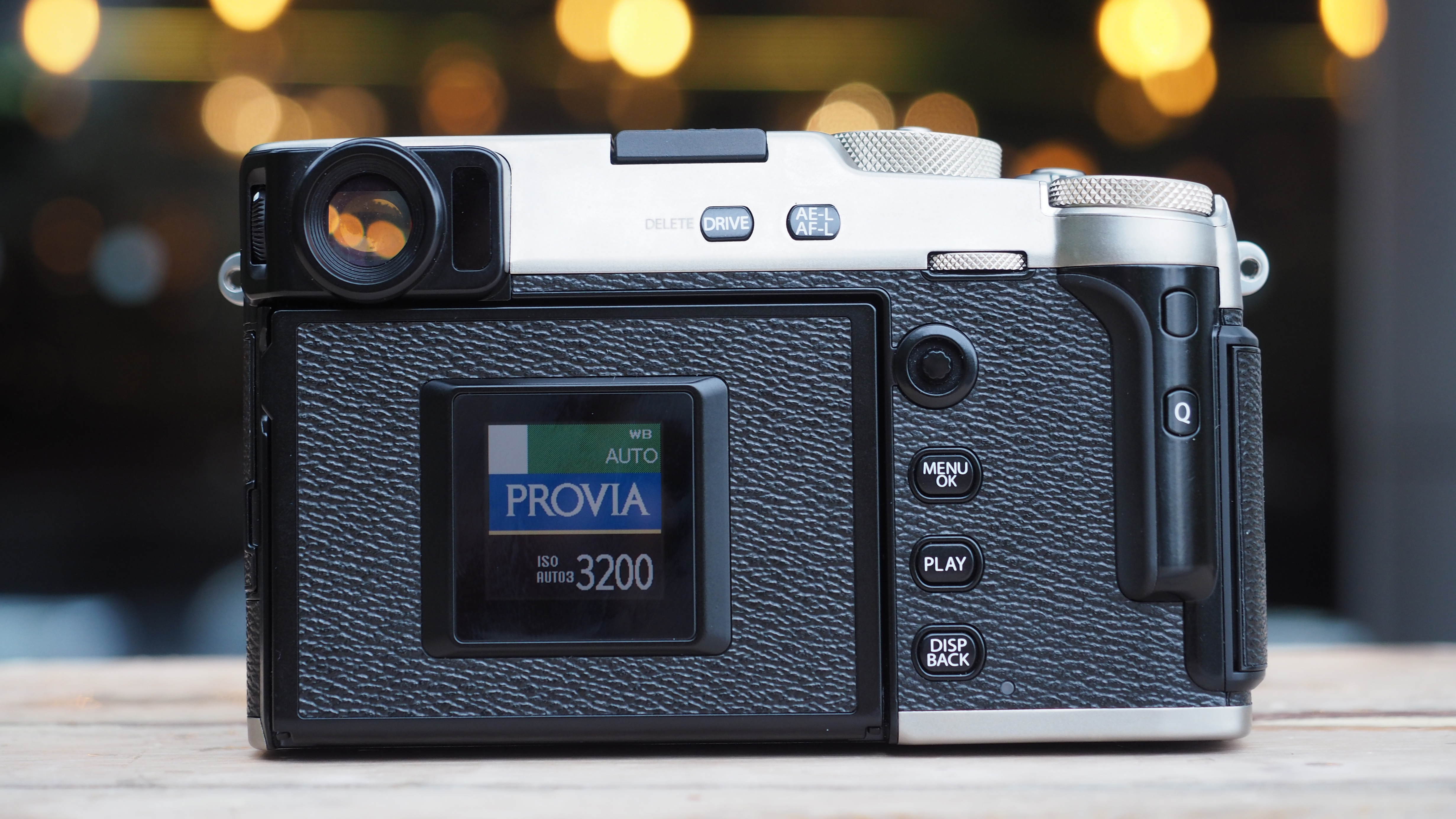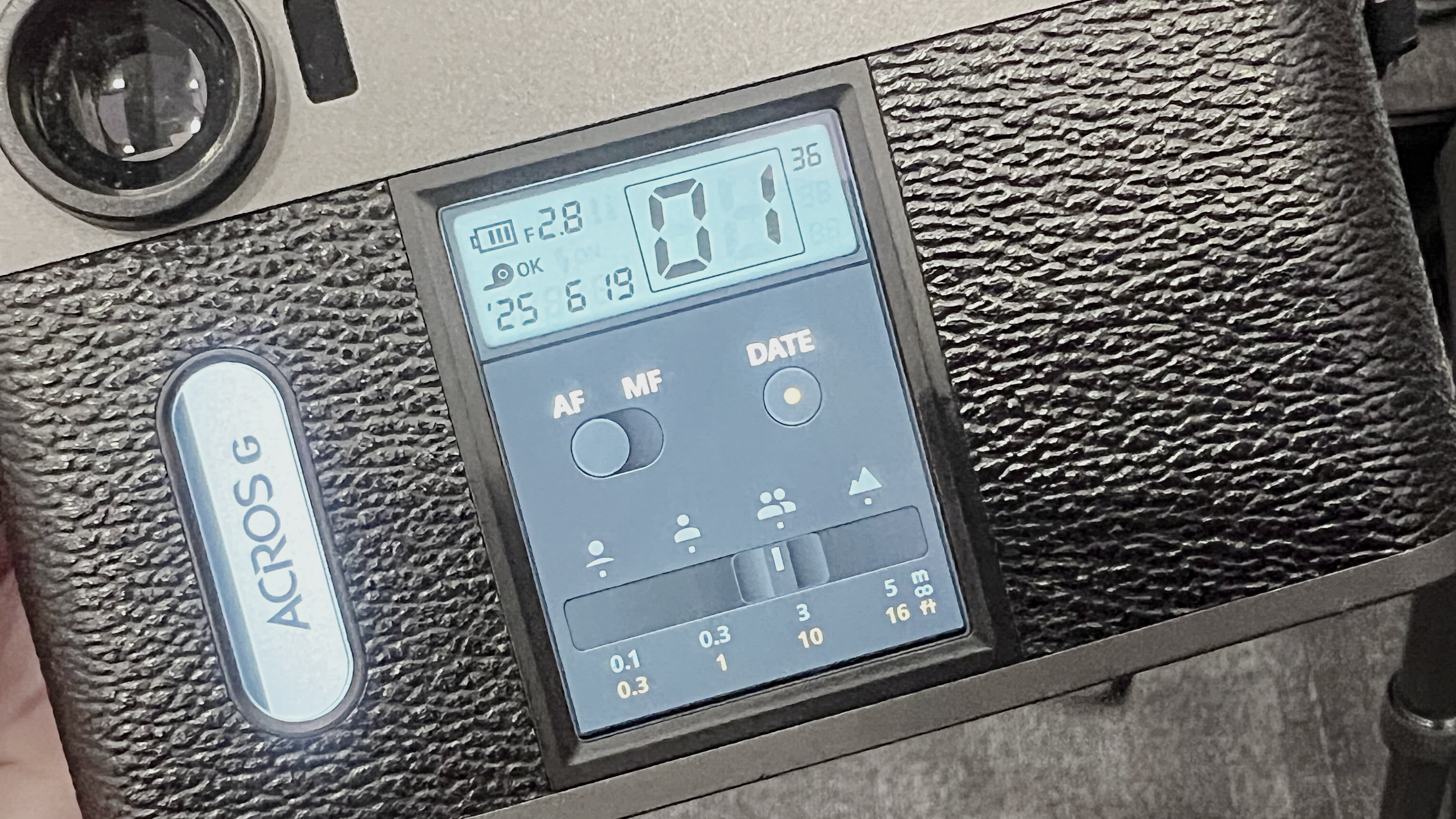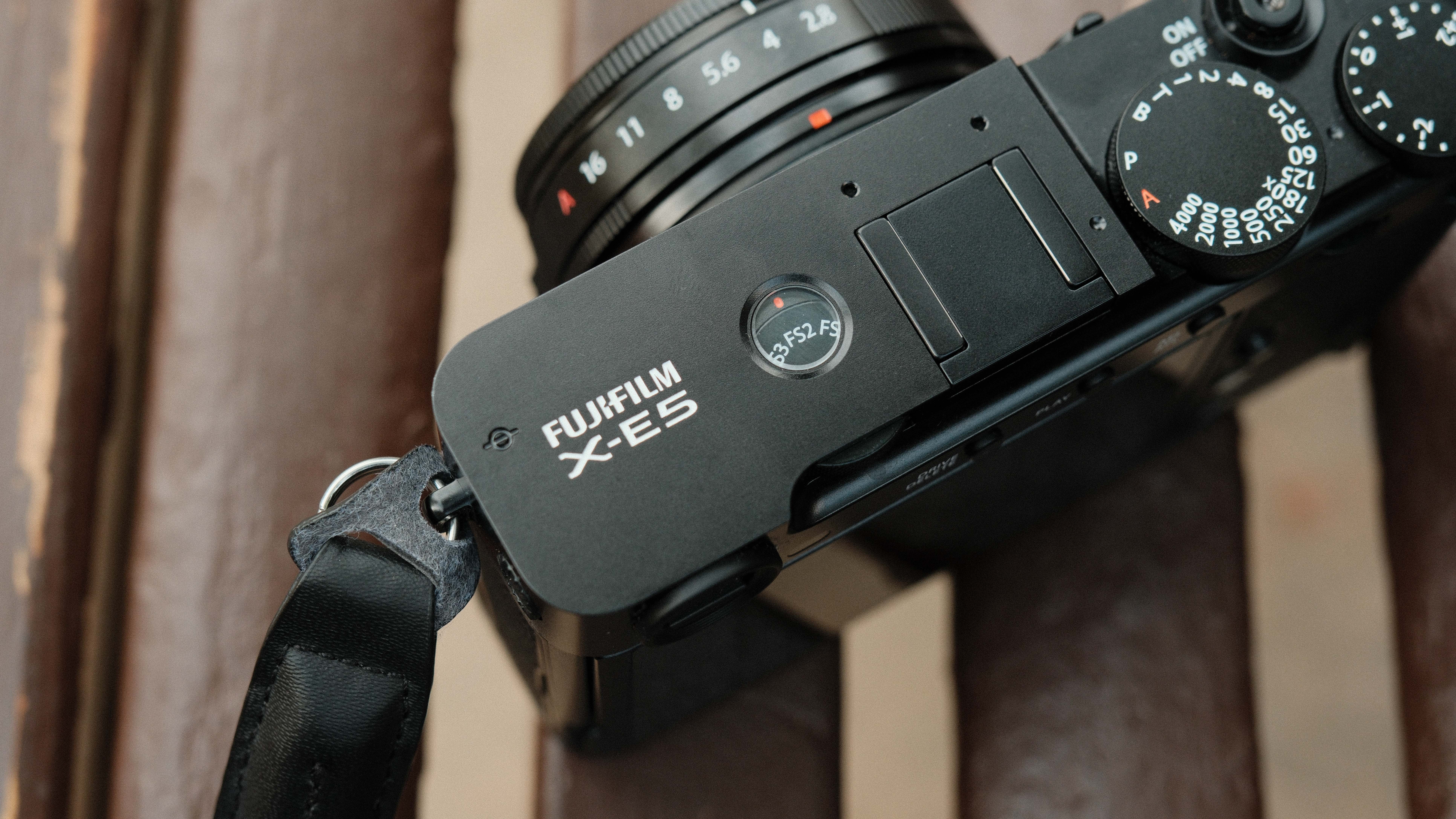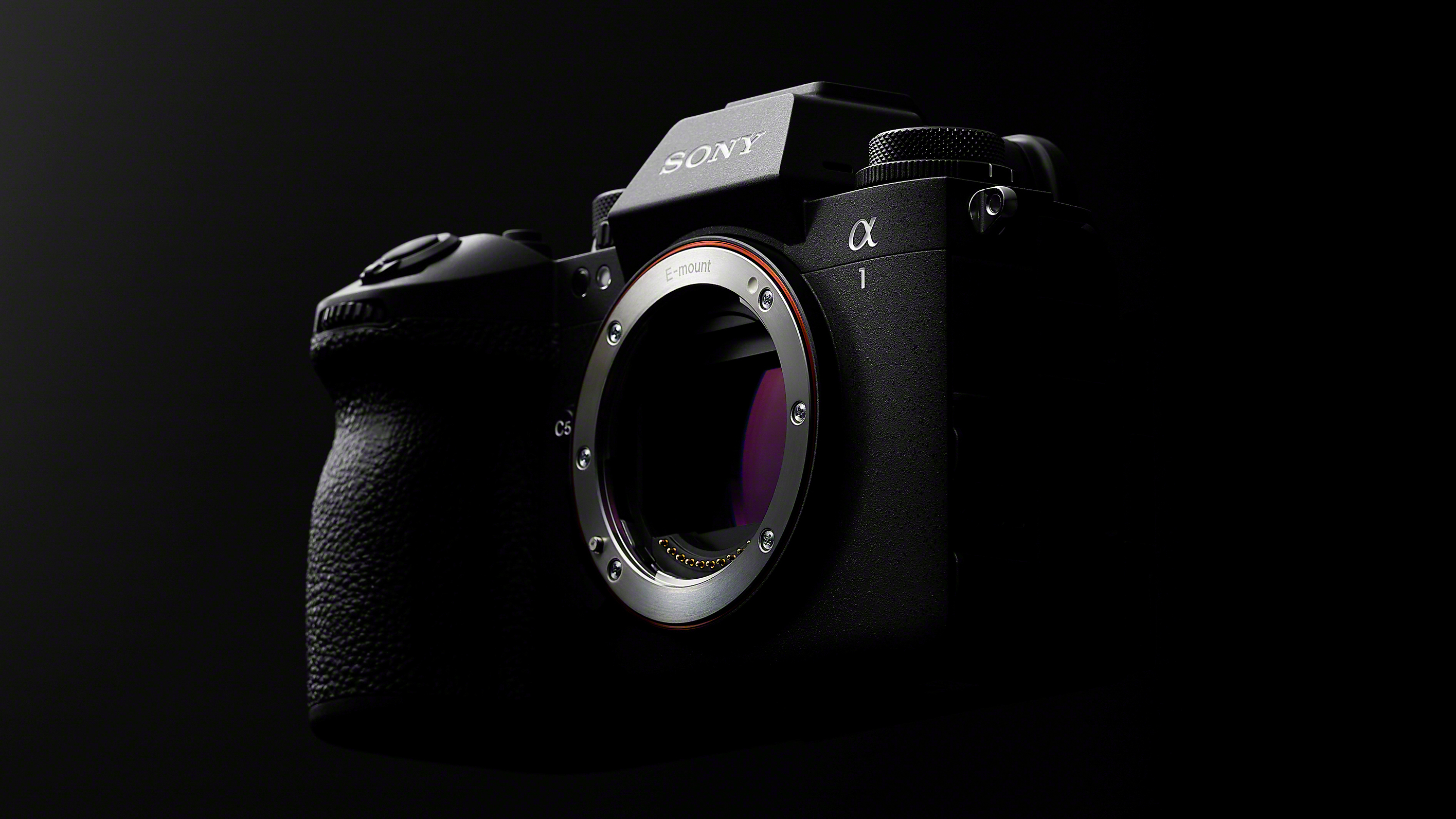The X Half is about the joy of photography, not the specs. But why can’t a camera be both? I’m betting the Fujifilm X-Pro4 will be
I hope the Fujifilm X-Pro4 has both a retro design that's a joy to use – and high-end specs

The X Half is about the joy of shooting, not the specs. But when the X Half was announced, I had to ask: why can’t a camera be both a joy to use and an impressive piece of technology? I hope the answer lies inside the Fujifilm X-Pro4.
Fujifilm announced the GFX100RF, the X Half, and the X-E5 before 2025 was even halfway through. But I’m still eagerly awaiting the announcement for the successor to the X-Pro3, which logically would be dubbed the X-Pro4. (Then again, Fujifilm went from the X-T30 II to the X-T50 in order to match the numbers on the X-T5, so I wouldn’t be surprised if the X-Pro4 was skipped entirely for the X-Pro5.)
Fujifilm has already confirmed that it hasn’t abandoned the X-Pro line, despite the X-Pro3 nearing its sixth birthday and new-in-box stock hard to find. The company even gave a reason for the length of time that it seems to be taking: Fujifilm wants the X-Pro4 to be good, and just updating to the latest sensor is "boring."
But what would make an X-Pro4 more than just a marginal update? I hope Fujifilm may take some inspiration from the new X-E5 and X Half’s film-like features.

Out of all the Fujifilm mirrorless cameras that I’ve used, the aging X-Pro3 felt the most like a retro analog camera. That’s due in large part to the X-Pro3’s hybrid viewfinder in an era where few new cameras have anything but an electronic viewfinder (or none at all). The unusual hybrid viewfinder design, which the X-Pro series shares with the X100 line, isn’t a 100 percent accurate representation of what the lens sees, but uses an overlay to mark the boundary of what the mounted lens sees. The unusual viewfinder and an LCD screen that’s easy to hide slowed me down – but digital photography at a slower pace is what feels most like film photography to me.
The new X Half has obvious retro inspiration – and I think some of those features might feel right at home on a successor to the X-Pro3.
The Fujifilm X Half has a film advance lever, a dedicated window to swap color modes, and a “film mode” that doesn’t let users view the shots or change the film simulation until after finishing a “roll.” These are all film-like features.
The best camera deals, reviews, product advice, and unmissable photography news, direct to your inbox!
The problem? The X Half lacks features that many serious photographers consider to be must-haves – there are no RAW files and no burst mode, for starters. The X Half is also more affordable than the X-Pro series, and that comes with a less impressive build quality.

The X-E5 arguably has a better blend between the retro experience and tech specs, as a mirrorless camera that has a lot in common with the X100VI series. The X-E5 doesn’t have the hybrid viewfinder or the hidden LCD screen of the X-Pro3, however. But, when I tried the X-E5 at the B&H Bild Expo, I fell in love with the film simulation dial that allows me to access the different color profiles that prompted me to pick up a Fujifilm camera in the first place.
The Fujifilm X-Pro4 needs to keep its hybrid viewfinder, hidden LCD screen, retro dials, and durable build – but I wouldn’t mind seeing the successor borrow a few features from the X Half and the X-E5. For starters, I would love to see a film simulation shortcut, either with a dial like on the X-E5 or like how the X Half uses a secondary vertical screen to swipe through the different options. I’d also love to see the X Half’s light leaks and film grain make an appearance. I wouldn’t complain about a “film” advance lever either, as long as it doesn’t impact weather-sealing or make the camera terribly large.
But the real reason that I want the X-Pro4 to take some inspiration from the X Half? The X Half prioritizes the joy of shooting over tech specs. I think a camera can have both high-end specs like a 40MP sensor and be a nostalgic joy to use – and I think the camera in Fujifilm’s lineup that’s most likely to expertly blend specifications with the joy of shooting is the X-Pro series.
You may also like
Browse the best retro cameras or the best Fujifilm cameras.

With more than a decade of experience writing about cameras and technology, Hillary K. Grigonis leads the US coverage for Digital Camera World. Her work has appeared in Business Insider, Digital Trends, Pocket-lint, Rangefinder, The Phoblographer, and more. Her wedding and portrait photography favors a journalistic style. She’s a former Nikon shooter and a current Fujifilm user, but has tested a wide range of cameras and lenses across multiple brands. Hillary is also a licensed drone pilot.
You must confirm your public display name before commenting
Please logout and then login again, you will then be prompted to enter your display name.
